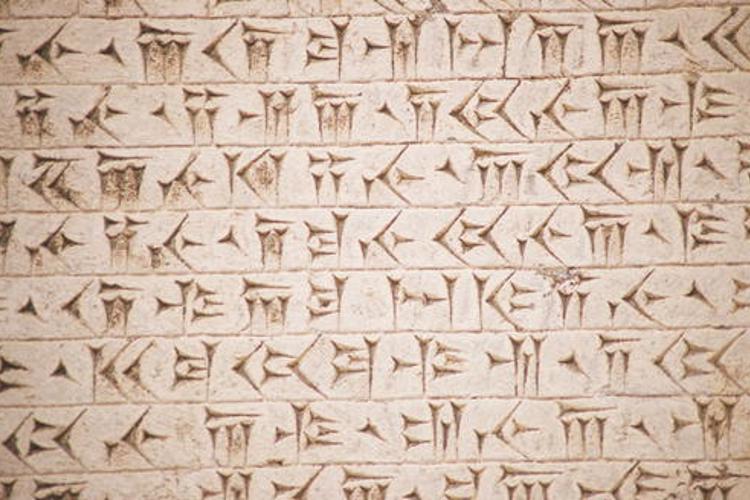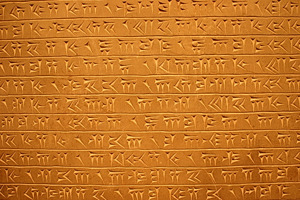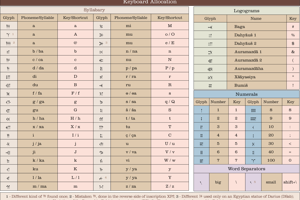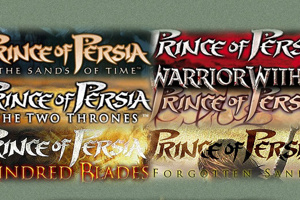Behistun Font

Regular Style

More info from Fereydoun
Developed with the help of Mr. Keyvan Mahmoudi, from the University of Teheran, the glyphs are allocated over very convenient keys, but also works for Unicode. This font includes every known glyph for this ancient inscript. This is a free non-commercial font and should not be selled by any means. For more details on how to use the font, corrections, comissions, permissions or suggestions, contact me: fereydoun23@gmail.com
License Info
Donations
Commercial licenses
Behistun Font Stats
Behistun Font is a Cuneiform font and was created on . Behistun Font has been downloaded 17,154 times, added to 182 collections, and liked 42 times.
Behistun Font was recently updated on Jul 26, 2019
Related Styles
Comments
Wait! Unicode compatible?!!! Fantastic!!!

Thanks for the share. Why put any of them under 'Basic Latin' though, are they not represented in Unicode elsewhere?

@fontspace, because this font is not only to correctly view web pages with texts written in Unicode, but also to easily make transcriptions of Old Persian texts, typing with a normal keyboards. To make easy that kind of task, we need all the Basic Latin slots. I have done this fonts with the consultation and orientation of an Iranian epigrapher, who presented me all his necessities and asked me how to make it to make the font the most useful and effective to his transcription works.
However, the font is not only for scholars, but also for a number of graphic works, as a decorative element or even as real Old Persian phrases. Anyone could learn how to write such words or phrases, by just learning a bit of the language. My intention was not to make it like fonts as Carbolith font (by Apostrophic Labs), because we already have many of them. Do you have any objections? I am open to suggestions. Thanks for asking.
Dear Fereydoun,
I hope you are doing well, I have a question for you. Do you know how I can write "Negar" in Cuneiform? Thank you in advance

Hello, Mohsen,
how are you? We have already talked about your question, but I will let a reply here as well, so others with similar doubts could read. Interesting question! Thanks for that. First, would be great if we could find the Old Persian version of the name "Negar", but that is almost impossible. Maybe that name is too modern. Per examples, we know that the ancient version of the name "Shadi" was "Shiyatim", the name "Daryoush" was "Drayavaush" and we also know that the modern "Khourosh" was "Kurus", in the past. So, with that information in our hands, we can use Old Persian Cuneiform to write a name (or word) exactly the way it was. However, with transliteration, we can write anything in Old Persian Cuneiform, even not Persian words. All we have to do is to choose the best way to express the phonemes.
You have two options:
http://imgur.com/nYppgN5
Dear Fereydoun
Many thanks for rigorous work and generosity to share for free.
Am pretty incompetent so sorry for following question: is your ZIP file applied to iPhone keyboard too?
Thanks
Bamdad

@AlexandreY, do you mean my fonts files? Or are you talking about problems to uncompress zip files? As long as I know, iPhone can uncompress zip files... Am I wrong? If you can't, e-mail me and I will send an uncompressed font file.

Awesome!
This will never gonna old.
👍🤟💯

My thanks





This is the best Old Persian Cuneiform font available! Every single glyph! Even the rare ones! Thank you so much for making it free! Why should we buy a ugly one, if we can get this perfect one free?!